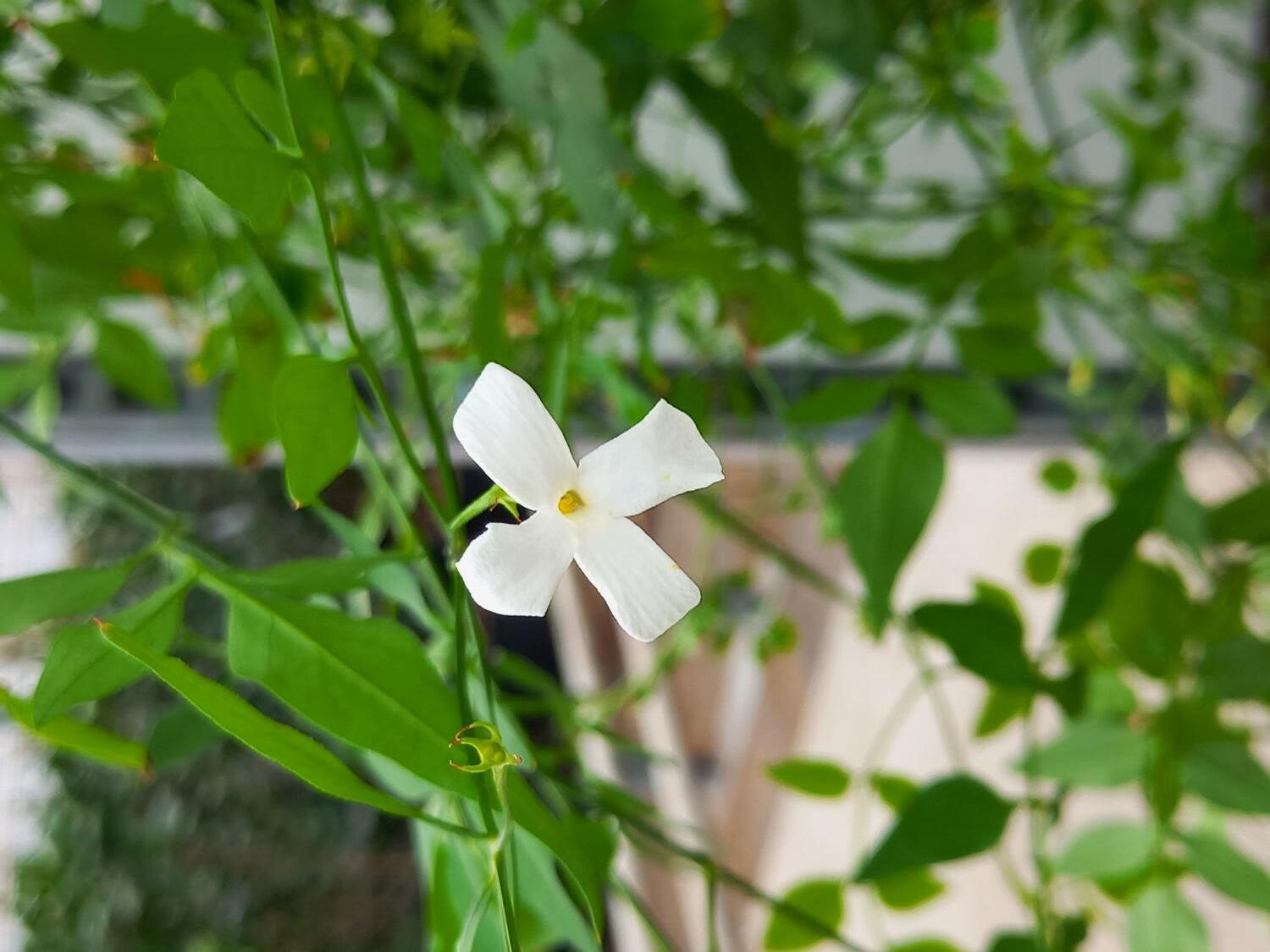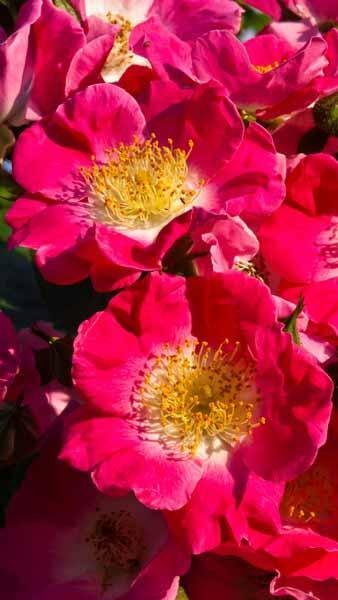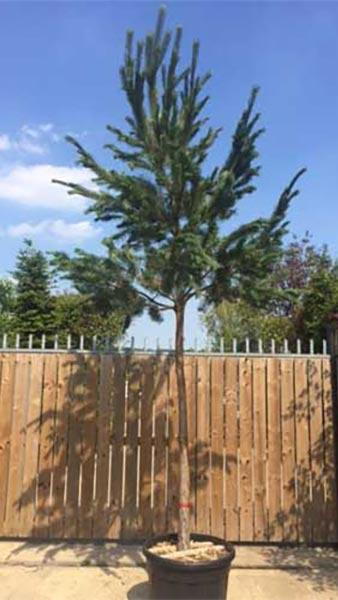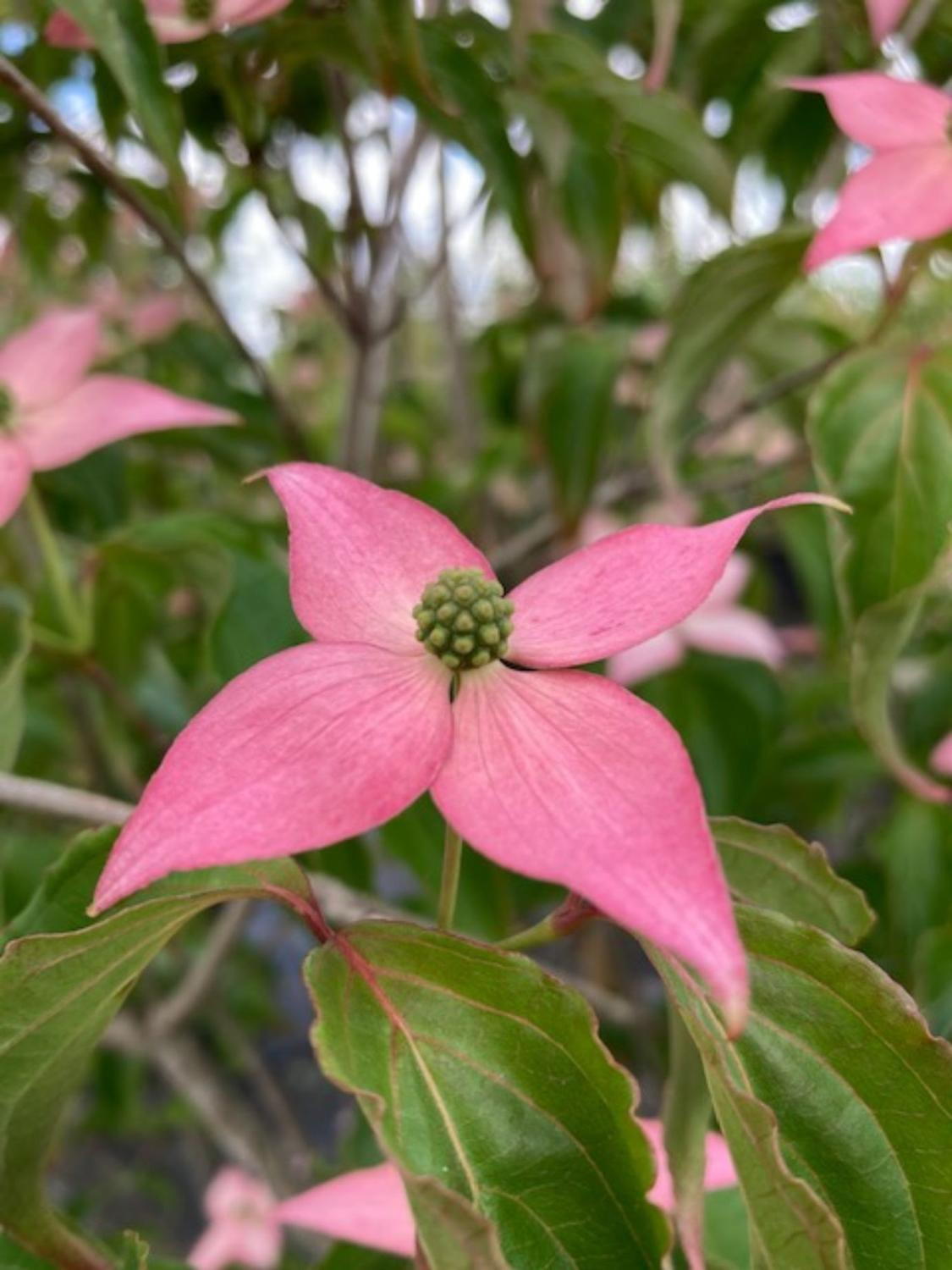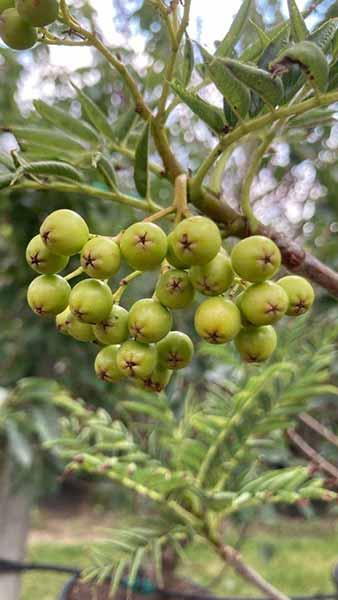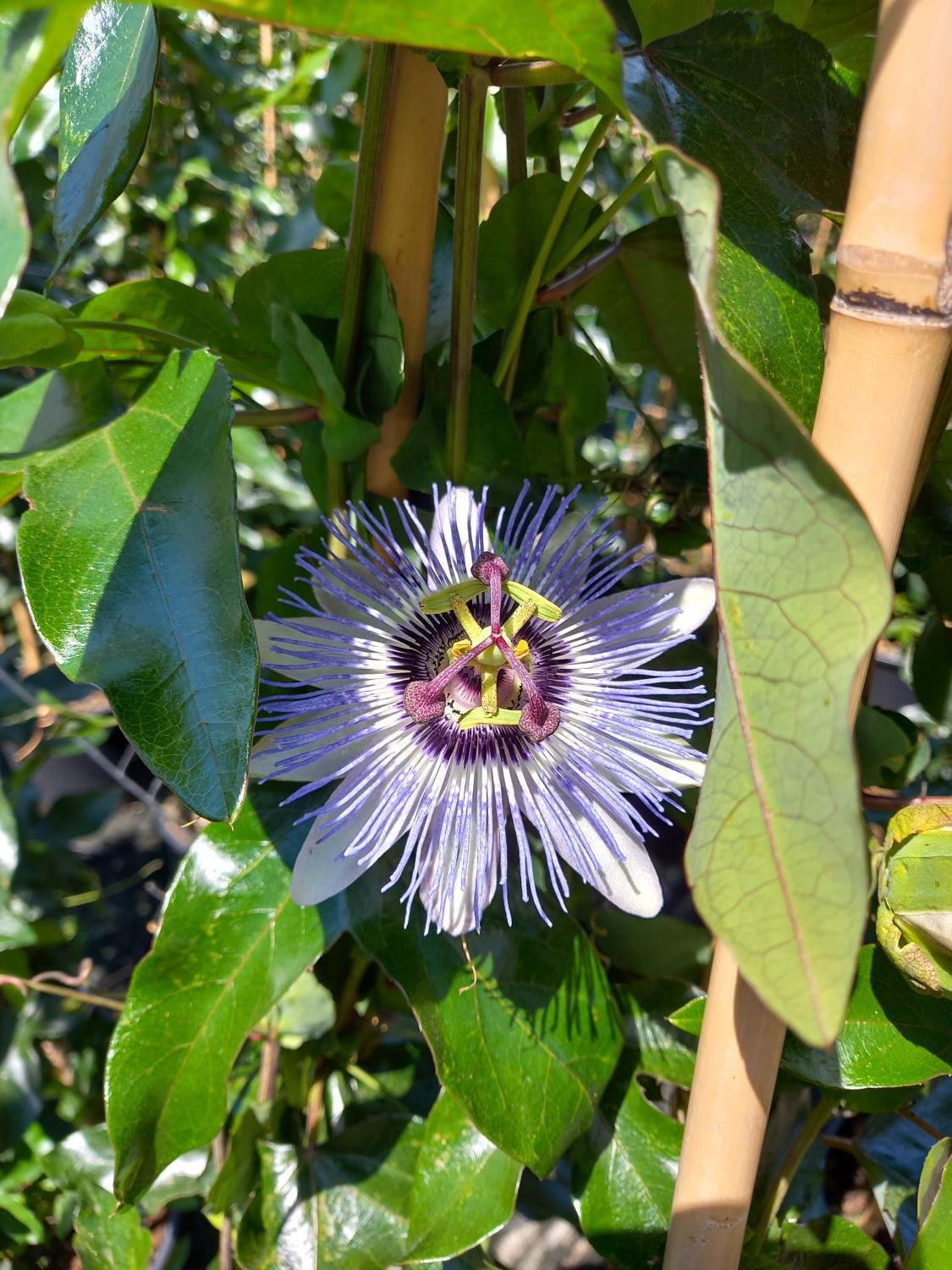Pinus Sylvestris Standard Trees. Scots Pine Trees Clear Stem
The Scots Pine or Pinus Sylvestris is one of the most-planted conifers in the world and is also an excellent choice as an accent tree. These are Pinus Sylvestris standard trees. Native to the British Isles, by the 1700’s forests of Pinus Sylvestris were found only in the northern mountains of Scotland, hence its common name. It is the UK’s only native cone-bearing tree. Its upper trunk and branches develop an orange-brown, flaking bark. The needles, up to 7 cm in length, are grey-green. All Scots Pine trees bear both male and female small yellow flowers in spring, developing cones 5 cm long, which take 2 years to mature from green to brown. Hardy in even the most severe northern European climates, Pinus Sylvestris will grow to a mature height of more than 12 metres and spread of 8 metres in 20 to 50 years if left to their own devices. They can grow almost a metre in height every year before reaching their mature size, and then live for 250-300 years. Plant your Pinus Sylvestris Standard Tree in full sun in any well-drained soil, in an exposed or sheltered position. It is important to select a spot where its heavy needle drop will not be a problem. Tolerant of pollution, it is a good choice for city plantings but is salt and wind-resistant, so does well in coastal locations. It is not favoured by deer so is good for planting on country properties. A single Pinus Sylvestris, or a group of several, planted in the middle of a large lawn in a row will form an impressive focal point. In a woodland or wildlife garden, a Scots Pine will create shade for under-storey trees and shrubs, and provide valuable shelter for wildlife. Pinus Sylvestris is starting to extend its range farther south to reclaim areas in which it once thrived, and this native conifer is a worthwhile addition to any UK landscape. You may also be interested in our more topiary Pinus Sylvestris trees including Pinus Sylvestris Cloud Tree, Pinus Sylvestris Topiary Dome and the Pinus Sylvestris Watereri Topiary Lollipop.
